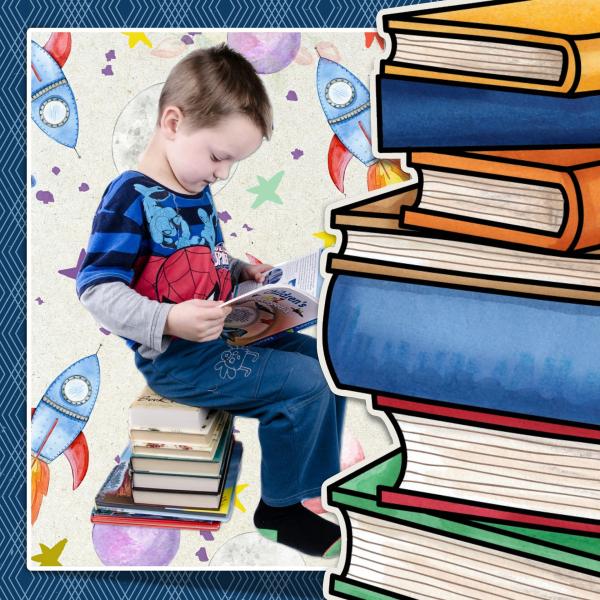Remember before COVID-19 when our concern was those other little pathogens, microbes. Despite all the attention on COVID-19 and vaccines, antibiotic resistance remains a problem. The Financial Times tells the story in pictures – you know I love a good picture.
“Overuse of antibiotics by humans and in the farming of meat and fish is driving increased microbial resistance and threatening the availability of life-saving treatments. The World Health Organization calls antibiotic resistance one of the top 10 public health threats and the UN predicts up to 10m deaths a year from drug-resistant infections by 2050.”
The threat of antibiotic resistance — in charts
Everyone by now knows that matter, according to the current thinking, is both a particle and a wave. By know, I mean able to state but not necessarily understand the sentence. But the definition can be reconsidered; after all, that is what science is about.
“We propose that matter is not made of particles or waves, as was long thought, but – more fundamentally – that matter is made of fragments of energy.”
From The Conversation, a not-too mathematical introduction to a new way of thinking about the world around us, Fragments of energy – not waves or particles – may be the fundamental building blocks of the universe.
Although zombies take up a lot of media, vampires are much more of a day-to-day problem for us all.
“After a pleasurable day in Picasso’s company, those present were apt to end up suffering from collective nervous exhaustion. Picasso had made off with their energy and would go off to his studio and spend all night living off it. Brancusi hailed from vampire country and knew about such things, and he was not going to have his energy or the fruits of his energy appropriated by Picasso.”
From the blog of Austin Kleon, who taught me to steal like an artist (another Picasso meme, by the way), The Vampire Test
Perfection is the Enemy of Good
“[A] ceramics teacher announced on opening day that he was dividing the class into two groups. All those on the left side of the studio, he said, would be graded solely on the quantity of work they produced, all those on the right solely on its quality. His procedure was simple: on the final day of class, he would bring in his bathroom scales and weigh the work of the “quantity” group: fifty pound of pots rated an “A,” forty pounds a “B,” and so on. Those being graded on “quality,” however, needed to produce only one pot — albeit a perfect one — to get an “A.” Well, came grading time and a curious fact emerged: the works of highest quality were all produced by the group being graded for quantity. It seems that while the “quantity” group was busily churning out piles of work – and learning from their mistakes — the “quality” group had sat theorizing about perfection, and in the end had little more to show for their efforts than grandiose theories and a pile of dead clay.”
Art & Fear by Bayles and Orland
For those of you who follow my writing, last week I ventured into the “science” of gift-giving, really a discussion of objects and experiences.
“From heirlooms to collectibles to clothes, our self-image tends to extend well beyond our skin and into our things. While just how attached to possessions people are varies by culture, decades of research has shown that connecting with objects is a hard-wired part of being human.”
Here, from Aeon, is a much deeper dive into objects in a short video. Feeling connected to objects is a fundamental – and fraught – part of human nature.




